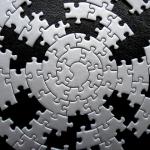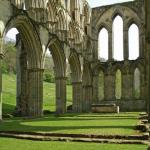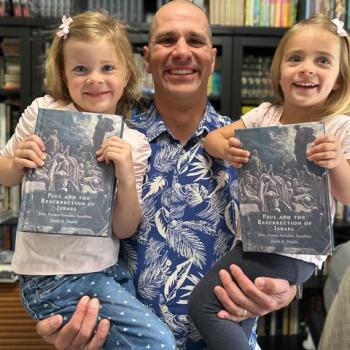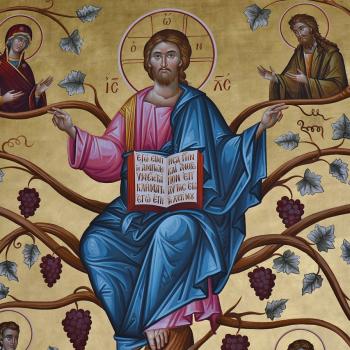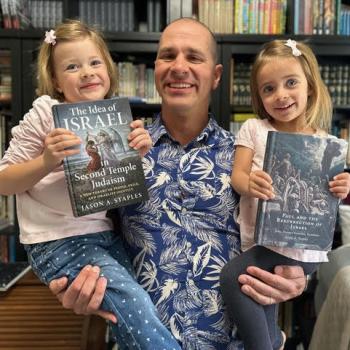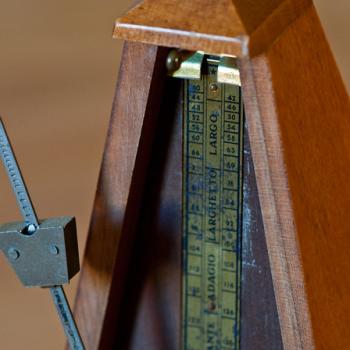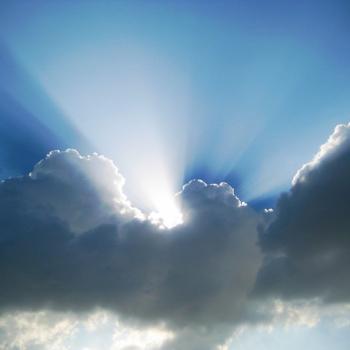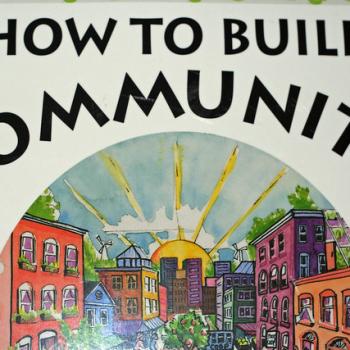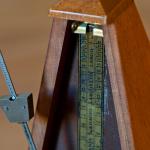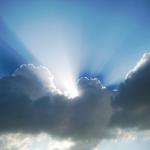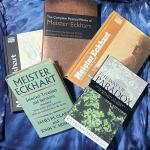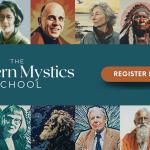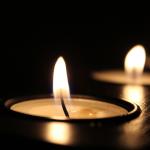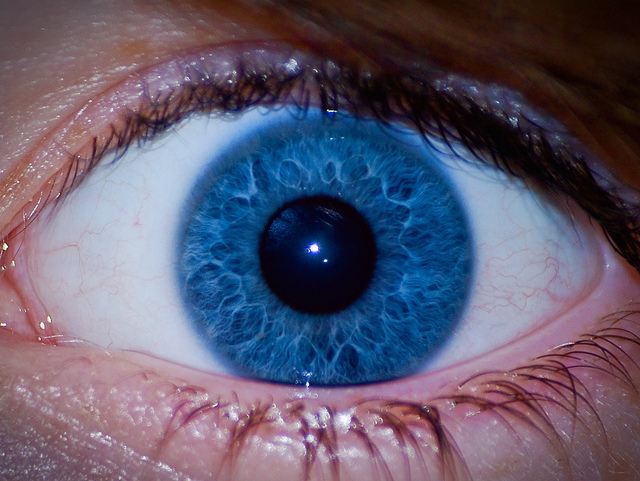
What Our Eyes Can See
We trust what our senses tell us and what we experience. The things we can hear and taste, smell and touch and see are the boundaries of our belief.
Our lives are shaped by many things which are beyond what our eyes can see.
We have heard Seeing is believing.
The fact is, though, when we can see we do not need to believe. Belief becomes more important, and more challenging, as we go beyond what we can see.
Listening to sacred stillness is like looking beyond what our eyes can see.
Our minds are convinced we can trust only what our eyes show us. Our hearts, though, know it is not always the case.
What our eyes can see may deceive us. For example, when we are not paying attention. Whether we are driving on the freeway or talking with someone else, our eyes are not perfect.
The person I see when I look at myself with my eyes is different from the one others see. My eyes may pick up tiny flaws, or smooth over aspects I see as unimportant.
Our eyes see the world in our own unique ways. We each have our own priorities, our own limitations, our own values, our own perspectives. What we cannot see determines what we do see.
Sometimes we sit staring at a screen for longer than we can remember. Eventually we wake up and realize there is something beyond what we can see. We might need to take a walk or sit with our eyes closed to regain some of our perspective.
We may be surprised by what our eyes can see when we sit with them closed for a few minutes.
Is what is essential even visible to the eye?
Beyond What Our Eyes Can See
We live in a world saturated with visual stimuli. Our eyes are constantly drawn to pay attention to something new. It is almost impossible to look away, or not look at all.
There is more out there than meets our eye.
Some of us are primarily visual people. We tend to pay more attention to what our eyes see than what other senses tell us. We learn more effectively by reading or seeing an image than experiencing something another way.
Being primarily visual can be both a strength and a weakness.
For some of us, what we see can overpower our other senses.
It is a challenge for us to pay attention to more than one thing at a time. When the visual images we see hold our attention, sounds and tastes fade into the background.
We need to remember there is more to life than what our eyes can see.
I am not a particularly creative person. It is difficult for me to create anything recognizable as visual art. I am, though, a visual person and appreciate the art other people create.
Looking beyond what our eyes can see is the first step in creating visual art.
It is more than color, more than design, more than form and shape.
It astounds me people can not only see what creative people see, but make something to convey it. Capturing that invisible essence and expressing it to others.
I have problems simply putting what I see into words, giving directions or explaining. Creating an image which communicates what I see when I look is beyond me.
Looking Beyond What Our Eyes Can See
We sit listening to sacred stillness and looking beyond what our eyes can see.
Closing our eyes, we open ourselves to what is beyond what we can see. It is not a matter of concentrating or even opening our eyes, but of being aware.
We listen to the stillness and pay attention to what we cannot see. Each of us is aware in our own way, seeing from our own perspective. We close our eyes and breathe deeply, letting go of the limitations of what our eyes have shown us.
It is not that we are creating images or even sorting out what we have already seen. We may remember what we see only later when we have had time to reflect. Even though things may not be flashing before our eyes, we are looking beyond.
We spend our days caught up in immediacy, and this is different. This is us taking an intentional opportunity to be open to what is there. As images cascade past us in our everyday lives, this is our way of finding the belief beyond seeing.
We take time to explore what we believe beyond what our eyes can see.
It is not that we need to see more new things. What we need is a regular opportunity to reflect, to go beyond the surface of what we see.
We do not want to miss the essential in the midst of the immediate.
Listening to Sacred Stillness
We sit on the edge of an enormous, deep ocean of sacred stillness. There is a universe beyond our imagination just past what our eyes can see.
It is not necessary for us to design a special craft to explore the stillness or go beyond what we can see. We need only to sit and pay attention.
Our minds are tantalized by the images we see each day. Images of beauty and horror capture our attention even when we least expect them.
Taking the time to look beyond what our eyes can see is how we recapture our own attention.
We are tired of merely reacting to the images which surround us. As we pay attention to what is beyond what our eyes can see, our understanding deepens.
What do we find when we look beyond what our eyes can see?
How will we look beyond what our eyes can see today?
Where will our reflective listening and looking take us this week?
[Image by Mike Poresky]
Greg Richardson is a spiritual life mentor and leadership coach in Southern California. He is a recovering attorney and university professor, and a lay Oblate with New Camaldoli Hermitage near Big Sur, California. Greg’s website is StrategicMonk.com, and his email address is StrategicMonk@gmail.com.


